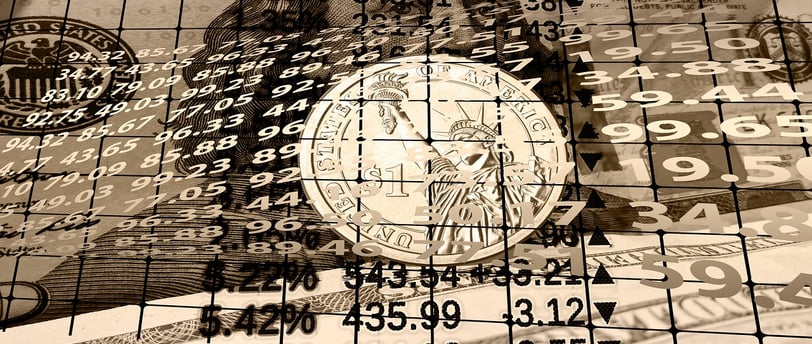The Federal Reserve’s Interest Rate Strategy: A Complex Balancing Act in 2024
In 2024, the Federal Reserve has kept interest rates steady, with potential rate cuts anticipated later in the year as inflation eases and economic growth slows.
FINANCEPOLITICS


A Year of Strategic Decisions
In 2024, the Federal Reserve has faced a series of critical decisions as it navigates the complex terrain of U.S. monetary policy. With inflation concerns easing but still lingering, and economic growth showing signs of deceleration, the Fed has opted to keep its benchmark interest rates unchanged for several months, creating a stable yet cautious economic environment. As the year progresses, anticipation is growing around potential rate cuts, which could reshape the economic landscape heading into 2025.
The Current State: Rates on Hold
As of August 2024, the Federal Reserve has maintained its benchmark interest rate in the range of 5.25% to 5.50%, the highest level in over two decades. This decision, reaffirmed during the July Federal Open Market Committee (FOMC) meeting, reflects the Fed's cautious approach as it continues to monitor economic indicators closely. Despite significant progress in reducing inflation from its 2022 peak, the Fed remains vigilant, noting that inflation, though moderated, is still above its 2% target.
The Economic Context: Inflation and Growth
The Fed's decision to hold rates steady is deeply intertwined with the broader economic context. The U.S. economy has shown resilience, but signs of slowing growth are evident. Inflation has cooled significantly, thanks in part to the aggressive rate hikes implemented in 2022 and 2023. However, the labor market, which has been a pillar of economic strength, is starting to show signs of weakening, with rising unemployment and slowing wage growth. These factors have made the Fed cautious about further tightening monetary policy, as doing so could risk tipping the economy into recession.
Market Reactions and Future Expectations
Market participants are increasingly looking ahead to the possibility of rate cuts. Some analysts, including those at Morgan Stanley, predict that the Fed might begin cutting rates as early as September 2024, assuming inflation continues to trend down and economic growth weakens further. This potential shift in policy is already influencing financial markets, with mortgage rates and other interest-sensitive sectors reacting to the prospect of lower borrowing costs.
Impact on Consumers and Businesses
The Fed's interest rate strategy has significant implications for consumers and businesses alike. For consumers, the current high interest rates mean more expensive borrowing costs for mortgages, auto loans, and credit cards. However, the potential for rate cuts could provide some relief, especially for those looking to refinance existing loans or enter the housing market. For businesses, particularly those in interest-sensitive industries like real estate and manufacturing, the Fed's actions are closely watched as they determine the cost of capital and, by extension, investment and expansion plans.
A Pivotal Year for Monetary Policy
2024 is shaping up to be a pivotal year for the Federal Reserve as it balances the dual mandate of promoting maximum employment and ensuring price stability. While the decision to hold rates steady has provided a degree of certainty, the potential for rate cuts later in the year introduces a new dynamic that could have far-reaching effects on the U.S. economy. As the Fed navigates these challenges, its actions will continue to be a critical factor in shaping the economic outlook for the rest of the year and beyond.
The coming months will reveal whether the Fed's cautious approach was the right call, or if more aggressive action—either in the form of cuts or further rate hikes—will be needed to steer the economy toward a sustainable path.
